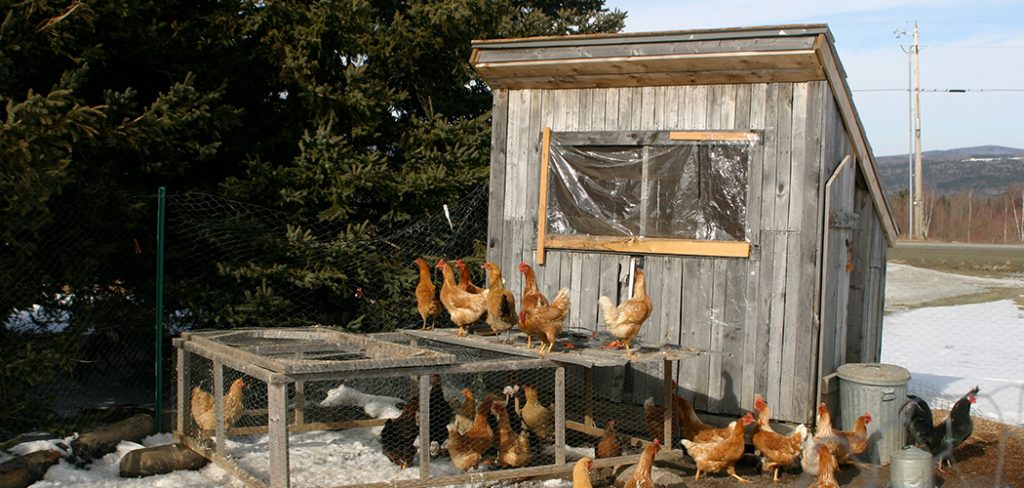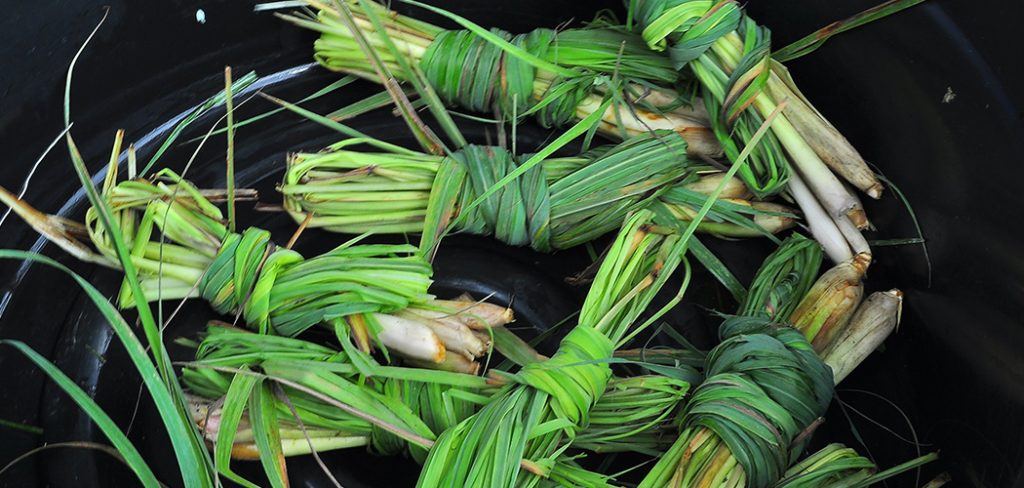How to winterize your yard? It might take an extra effort or extra time but by the end, it will pay you back as it will give your yard a longevity, splendor and yield. Once the grass starts to grow in the fall and the winter bumps it is the time you get the charge to winterize your yard.
This will pay you back when the spring hits again. Applying fertilizer in winterizing yard is beneficial for the vegetation as it provides nutrients like potassium to survive the cold and harsh weather. The revival of greenery depends on paces and your turns on how to winterize your yard timely. Root rot, premature death are results of overly wet soils to fight the problems you need to address.
Cutting your lawn in winter is one of the harmonizing act for your yard`s plant life. If you want to keep your turf safe, you need to murk safe. Balancing pH is essential for example if soils are alkaline they can be normalized using Sulphur treatment. Move tender plants indoor, hardy pants in shady areas to avoid the loss especially when frost arrives.
Is it beneficial to aerate lawn?
It is a low cost maintenance practice. Aerating your lawn enable your yard garden to absorb nutrients, water and the air well to the roots. Tip: aerations shoes are available you can aerate while you walk.
When should I put on winter lawn fertilizer on my lawn?
Winter lawn care is benevolent act for the sake of vegetation life. Winter lawn fertilizer addition can benign your garden. However, while applying lawn fertilizer be aware as too much fertilizer can burn the grass. Around October or November, the ideal time is for applying fertilizer to prepare the yard lawns.
Tip: plan a single fertilizer in September to stimulate root growth by feeding nutrients.
Which type of fertilizer is good for winterizing my yard?
While choosing the type of fertilizer for pre winter care following questions assaults in mind. Should I choose?
- The one that releases slowly or the one that releases swiftly?
- Granular texture or liquid form (soluble fertilizer)?
- Organic once or the chemical one?
- Fertilizer in groups or apply a single fertilizer?
Every fertilizer made to meet the plant growth needs. Some yard keepers use the combinations of fertilizer or some apply it as a single practice. Having Fertilizers information will help you winterize the yard.
Caution: over fertilization burns the plant. Mostly the fertilizers are label in portion, which depicts the presence of potassium nitrogen and phosphorus quantity in any fertilizer.
Slow release fertilizers mixed with soilless or soil base types. They applied to bagged potting mixes. Mostly such fertilizers are labelled with the period of release so you can have idea how the fertilizers going to react. However, fertilizers that are releases speedily are less expensive but hey are require to be apply too often. Tip: for better results make sure that your fertilizers is not more than 50% Fast release as if it leaches out you may not get the desired results.
Granular fertilizer
Granular fertilizer comes in pellet form. They can be design according to the schemes of slow release or immediate release. Mostly used for larger areas. Liquid fertilizers are available in powdered form or also in liquid form. Comparatively, the percentage of micronutrients is much more in them. Such fertilizers can be poured or sprayed.
Organic fertilizer
Organic fertilizers generally comprises of compost and manure, which provides nutrients slowly. It is mostly imply in soil beds or characteristically with planting beds. Some fertilizers are concentrated as blood meals or bone meals ending in a foremost nitrogen lift. Though while using organic fertilizers microbes are must to break them down. Chemical fertilizers or synthetic fertilizers are wholly or partially synthetic based that eventually help in growing vegetation.
You can apply single fertilizer or offer fertilizers to plants in groups. While using fertilizer in groups make sure, you keep in mind agronomic programs (according to the weather) for your yard garden. Yu can use fertilizers in groups as emergent can be applied along with weed killers.
Tips: you can use seeds along with fertilizer to avoid fuss and spread evenly so that in future you will not face lumps of grass. You can also apply rake so that the soil clumps break and cover seeds.
CONCLUSION
Spring lawn care is follow by twigs or debris removal. Applications of pre-emergent or weeds killers are exposed. Furthermore mulching, trimming (removing dead or dried flora) implies. Tip: better to not seed until fall arrives.
Pre winter lawn care is a savior for vegetation. Remove the fall debris often to avoid a chaos. If thatch left, untreated yard lawns can die. Insulate top soil of plants specially fruit giving plants with mulch. You can also apply burlap to cover the crop. When winter forays get your mower ready to settle down your yard for winters.
Make sure the yard cleanup, before winterization, as yard cleaning will make your lawn weed free to safeguard from authorizing weeds to eat the nutrient. Do contemplate the soil temperature, time of releases of fertilizers, hybrid organics or organics, services for aeration & yard cleanup. Planning yard for winters will save if you apply one kind of formula for all the vegetation you may lose your green part of the yard.
How to winterize your yard? A checklist:
- Monitor pH levels
- Weeds removal
- Fertilizer application
- Aerations (apply rake)
- Seed implantation
- Coverage of vegetative beds via mulching, thatch or burlap
- Debris removal
If you want to set the stage for agronomy then you need to manage the pre stage i.e., winters. Understand the needs of your yard/garden to fulfil underneath tasks accordingly:
- Completing annuals and Vegetables
- Prepare the bed
- Reading ornamental vegetation
- Equipping evergreens
- gravitate container plants
Tip: Take a soil test to estimate the right amount of fertilizer that needs to go on the vegetation of your yard.
Check my post on backyard farming and how to sustain your garden.

